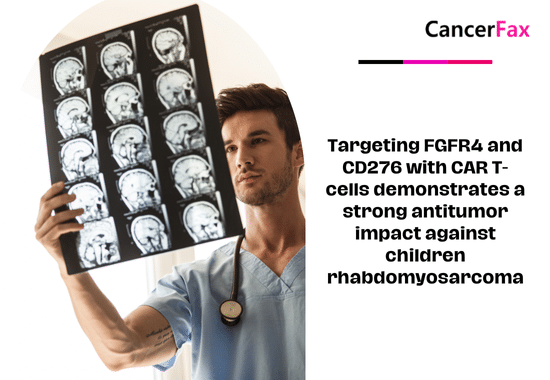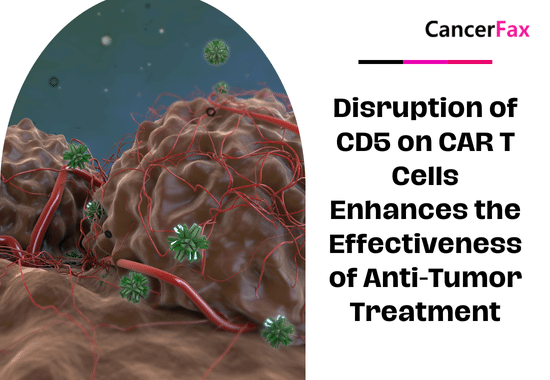Victoria L. Chiou, an oncologist at the National Cancer Institute ‘s Women ‘s Malignancies Department, reported a phase I trial at AACR2015. The results showed that olaparib combined with carboplatin had a primary effect on relapsed triple-negative breast and ovarian cancer. Obvious results, the sequential order of the two has no effect on adverse reactions.
For researchers such as Chiou, this study mainly solves the problem of the best solution for the combined application of olaparib and carboplatin-this will maximize DNA damage, in other words, maximize the anti-tumor effect, and at the same time make the clinical Toxicity is minimized. The study included 59 relapsed female cancer patients, 47 of which were ovarian cancer (26 BRCA mutations) and 10 were triple negative breast cancer (4 BRCA mutations). Patients were randomly divided into two groups. The treatment plan of group A is: the first course of treatment, olaparib sequential carboplatin; the second course of treatment, carboplatin sequential olaparib. The treatment plan of group B is: the first course of treatment, carboplatin sequential olaparib; the second course of treatment, olaparib sequential carboplatin. Starting from the third course of treatment, the two groups of patients began to receive the same treatment plan.
Overall, there is no significant difference in the effects of different treatment sequences on adverse effects. Comparison between patients and within the cohort showed that there was no statistically significant difference in the incidence of grade 3 and 4 adverse events. The most common grade 3 and 4 adverse events were neutropenia and anemia.
In addition, the combined application of the two drugs has achieved initial results in these patients with high tumor burden and recurrence. The researchers observed that one patient with triple-negative breast cancer had a complete remission lasting 23 months, and 20 patients with ovarian cancer and four patients with triple-negative breast cancer had partial remission. In ovarian cancer patients with BRCA germline mutations, the overall remission rate reached 60%.

